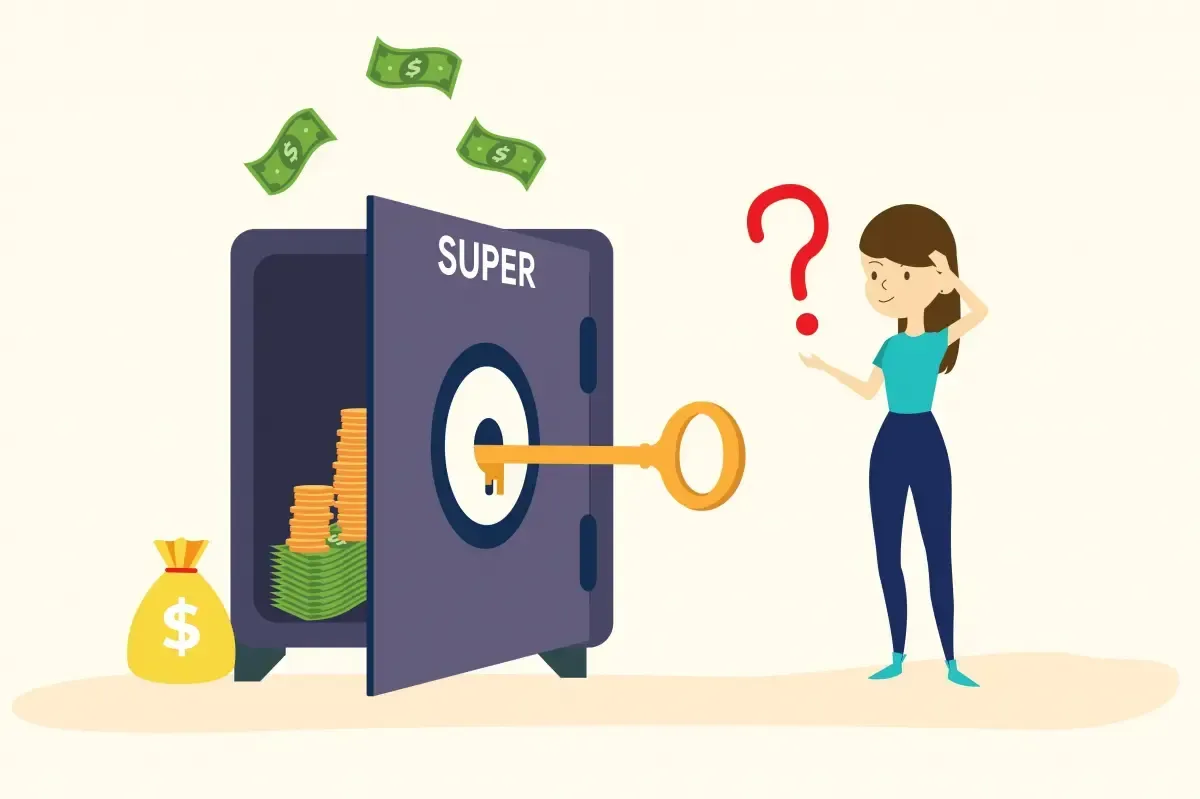Making the Most of Carry-Forward Concessional Contributions
Making the Most of Carry-Forward Concessional Contributions

Making the Most of Carry-Forward Concessional Contributions
Carry-forward concessional contributions are a valuable opportunity to boost your superannuation savings, especially if you haven’t used your entire concessional contributions cap in previous financial years. This strategy allows you to catch up on contributions and maximise tax benefits, making it particularly useful for those with irregular incomes or those who have taken time out of the workforce.
What Are Concessional Contributions?
Concessional contributions are contributions made to your super fund before tax, including:
- Employer contributions (e.g., Superannuation Guarantee).
- Salary sacrifice contributions.
- Personal contributions claimed as a tax deduction.
These contributions are taxed at 15% within your super fund and are capped at $30,000 per financial year (as from 1 July 2024).
What Is the Carry-Forward Rule?
The carry-forward rule allows you to use any unused concessional contribution cap amounts from the past five financial years, provided your total superannuation balance is less than $500,000 at the end of the previous financial year. This can significantly increase the amount you can contribute in a single year.
For example:
- If you only contributed $10,000 in the 2022-23 financial year, you have $17,500 of unused cap.
- This unused amount can be carried forward and added to your 2023-24 cap, allowing you to contribute up to $44,000 concessional contributions that year.
Key Benefits of Carry-Forward Contributions
- Catch Up on Contributions:
- Ideal for those who couldn’t make the maximum contributions in previous years due to financial constraints or career breaks.
2.Tax Savings:
- Claiming a tax deduction for personal contributions can reduce your taxable income.
- Super contributions are taxed at 15%, which is lower than most marginal income tax rates.
3. Boost Retirement Savings:
- By making larger contributions, you can accelerate the growth of your retirement nest egg.
4. One-Off Increases in Taxable Income:
- Additional income such as:
- A large bonus.
- Back-pay.
- A capital gain on the sale of a rental property.
- These can be heavily taxed, but by using the carry-forward rules to make contributions to super over and above the contribution limits, you may be able to save a significant amount of tax.
Eligibility Criteria
To use the carry-forward rule, you must:
- Have a total super balance of less than $500,000 as of 30 June of the previous financial year.
- Ensure contributions do not exceed your available cap for the current year and unused amounts from previous years.
How to Use the Carry-Forward Rule
- Check Your Unused Cap:
- Log into your MyGov account linked to the ATO to view your concessional contributions history and unused cap amounts.
2. Make Contributions:
- Arrange additional salary sacrifice contributions or make personal contributions and claim them as a tax deduction.
3. Report Correctly:
- If claiming a tax deduction, submit a "Notice of Intent to Claim or Vary a Deduction" form to your super fund.
Considerations
- Contribution Timing: Ensure contributions are received by your super fund before the end of the financial year to count toward your cap.
- Exceeding the Cap: Contributions above your available cap may attract additional tax.
- Financial Advice: Consult a financial adviser to determine the best strategy for your situation and ensure compliance with superannuation rules.
Conclusion
The carry-forward concessional contributions rule provides an excellent opportunity to maximise your super savings and enjoy significant tax advantages. Whether you’re catching up after a career break, managing a variable income, or simply aiming to grow your retirement fund faster, this strategy can be a powerful tool. Plan carefully and leverage professional advice to make the most of your available caps and secure a comfortable retirement.
Our Services
a
Businesses
Business Advisory
Rural Accounting
Tax Planning
Accounting Software
Business Start-up
Business Structure
Company Administration
a
Personalise
Tax Returns
Superannuation
Trusts
Rental Property
Estate Planning
Succession Planning
a
Community
Clubs and Associations
Grant Applications
Contact Us
a
Office Location
68 Ash Street, Barcaldine QLD 4725
Postal Address
PO Box 104, Barcaldine, QLD, 4725
Phone: 07 4651 1341
Email: admin@walshaccounting.com.au
ABN:
59 330 650 357
 CPA
CPA
 NTAA
NTAA
 Tax Agent
Tax Agent
 Local Buy
Local Buy
 PracticeProtect
PracticeProtect
 MYOB Gold Partner
MYOB Gold Partner
 Xero Silver Partner
Xero Silver Partner










